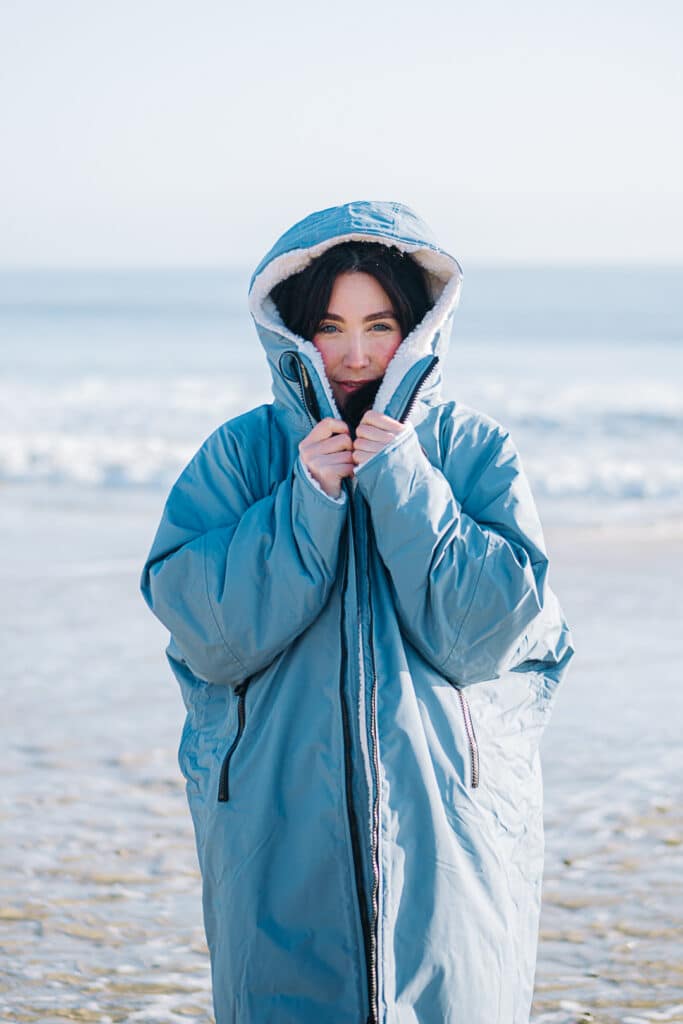Last week I decided to take up a new hobby. As any keen lover of the outdoors will know, any new hobby usually means a whole load of expensive new outdoor kit. The more stuff we’re into, the more stuff we need, or at least think we need. Over the course of this and my next post, I’ll aim to identify the importance of having the right equipment in the right situation, and exactly what are the bare essentials that any outdoor enthusiast shouldn’t be without.
Regular readers (Hi Mum!), might be familiar with my enthusiasm for combining outdoor fun with thrift. This rule of thumb is particularly pertinent if you have children, where a potentially expensive item such as a wetsuit is only likely to last a season or two before it’s outgrown. Of course, this approach isn’t always practical or cost effective, but if you can find the kids some good second-hand gear, it also has the added benefit of allowing you splash out on the good stuff for yourself. Outgrown kids gear can then be handed down to younger siblings, extended family or friends without the cost impacting too much.

Happily, for my new hobby I’ve decided to take up wild swimming. In theory, all that should be needed is a pair of hands and feet and the ability to swim. And as I’m already in possession of those items, the initial outlay should be minimal. Or so you’d think.
I’ve been reading recently about the work of Mr Wim Hoff, pioneer of the modestly-titled Wim Hoff Method. Mr Hoff’s method of immersing himself in icy water every day apparently reaps such wide-ranging health benefits as defying the ageing process, and enables him to complete extraordinary feats such as running marathons barefoot across the arctic, clad only in a pair of shorts. My curiosity piqued by these claims and inspired by my recent coasteering adventure, I thought I’d have another dip in the winter sea.
Aware that I usually ludicrously overpack for the most basic of tasks, and intending only to have a quick, invigorating dip, I settled on a more streamlined approach; packing only a compact towel, spare pants and an extra hoodie, plus an empty water bottle. My daughter had drunk to entire contents in the car, but I wanted to give the impression of having at least planned a hydration strategy in case I was challenged.

The venue chosen for my first foray into wild swimming was Warbarrow Bay, a stunningly beautiful secluded crescent near the abandoned village of Tyneham. It’s not particularly wild. In fact, it’s on the mild side of wild. Sort of wild-ish. Having trekked to the far end of the beach, and marveled at the majesty of the bay in the beauty of the low winter sun, I steeled myself to take a dip. There’s something elemental about plunging your body into cold water, initially fighting the overwhelming urge to get straight out, and after a couple of minutes feeling your breathing regulate and your heartbeat stabilise, replaced by a rush of exhilaration.
Having made an impromptu decision to swim back across the bay, after about 20 minutes in the water, a St Bernard bounded enthusiastically towards me, dipped one paw in the frigid sea and thought better of it. When a St Bernard thinks the water is too chilly for a splash, you know it’s probably time to get out. It was at this point I discovered that I’d completely lost all feeling and function in my extremities, and was unable to complete even the most rudimentary tasks such as drying and dressing myself.

Instead, I struggled on with the undignified spectacle of having my other half pull my swimming shorts down for me. Does Mr Hoff have a personal pant-puller-upper standing by to aid him with his undercrackers, I wonder? Nearby, a well-prepared family watched on in amusement. They had already been for a quick dip and were now warm and dry and cooking on their camping stove. I’ve seen the Bear Grylls documentaries. I know at this point in order to warm up I’m supposed to strip naked and do star jumps whilst being strategically pixelated, but as I’ve already mentioned, there was a family nearby, possibly cooking sausages, and I didn’t want to put them off.
I realised at this point I had underestimated mother nature. I’d been seduced by her beauty, like a sailor unable to resist the call of the siren. I’d forgotten that even in the seemingly mildest, calmest sea conditions, the insidious, creeping cold can catch you unawares. As it tends to do in January. I had failed to prepare properly and now nature was biting back on my bare bottom. My new favourite new hobby had now become trying not to die from hypothermia on the Jurassic Coast.

The proliferation of wild and outdoor swimming clubs means there’s no shortage of sources when it comes to advice on preparation, or meeting like-minded swimmers to share the experience with. I was never far from the shore and had my family following me along the beach as I swam, but the problems occurred when I got out of the water, not whilst I was in it. Even as your body seems to be adapting to the water temperature, your core temperature is dropping rapidly and is incredibly hard to increase. Be aware of how long you’re spending in the water, particularly if you’re swimming without a wetsuit. Being ill-prepared can be dangerous.
Now I’ve discovered the joys of wild swimming, perhaps it’s not going to be the inexpensive new hobby I thought it could be. I need to prepare properly. And that means investing in a proper winter wetsuit, as that summer shortie ain’t gonna cut the mustard. Then I need a dry bag to transport it in, maybe a wetsuit hood to stave of those ice cream headaches, gloves, booties, thermal rash vest….
On the plus side, I am now going to live forever, and I’m able to run marathons across arctic tundra barefoot and half naked, so it’s not all bad.
Outdoor Kit Checklist
If you fancy a winter dip then I’d suggest the following items are must-haves:
- Wetsuit – The thicker the better for winter.
- Thermos flask of something warm.
- Robie or a similar changing towel for making the post-swim changing experience a little less challenging, and perhaps preserving with little remains of your dignity.
Optional:
- Pant puller-upper/downer.
You can find out more about wild swimming HERE
Followed in The Bare Essentials: The best outdoor kit – Part 2

30 January 2019 by Ben Lewis





